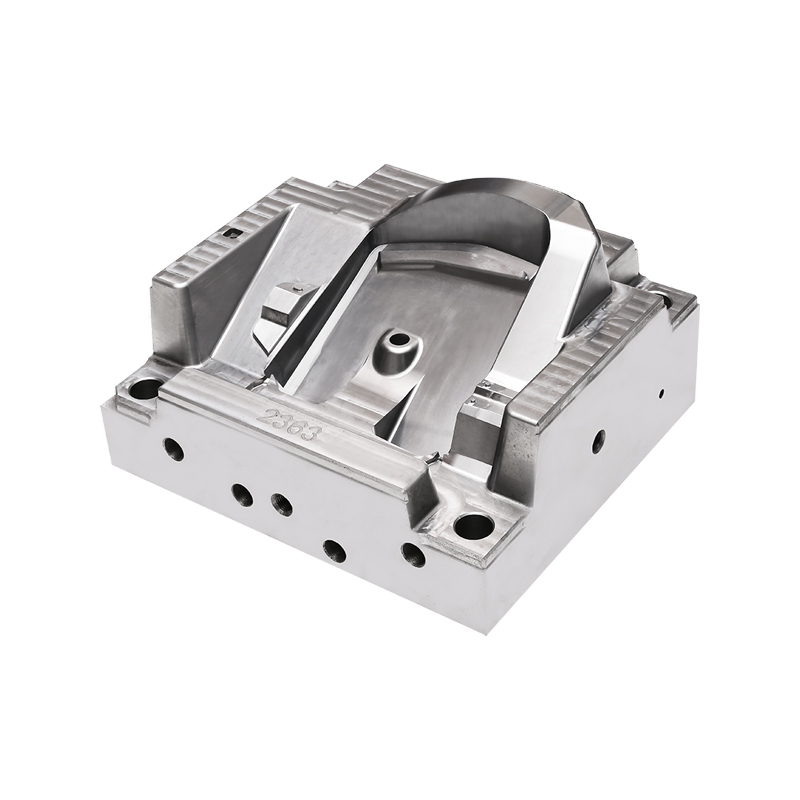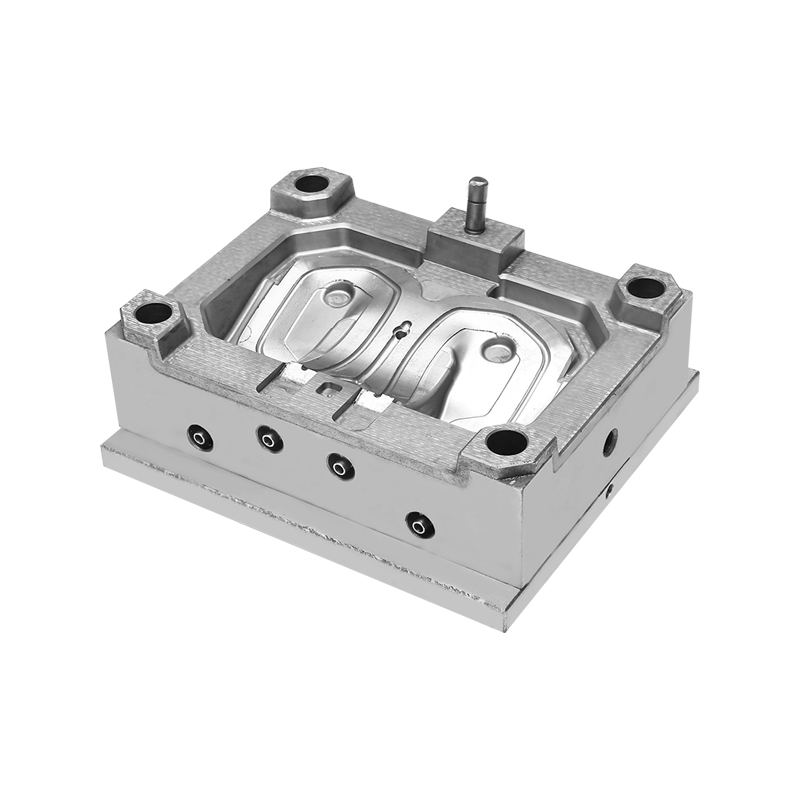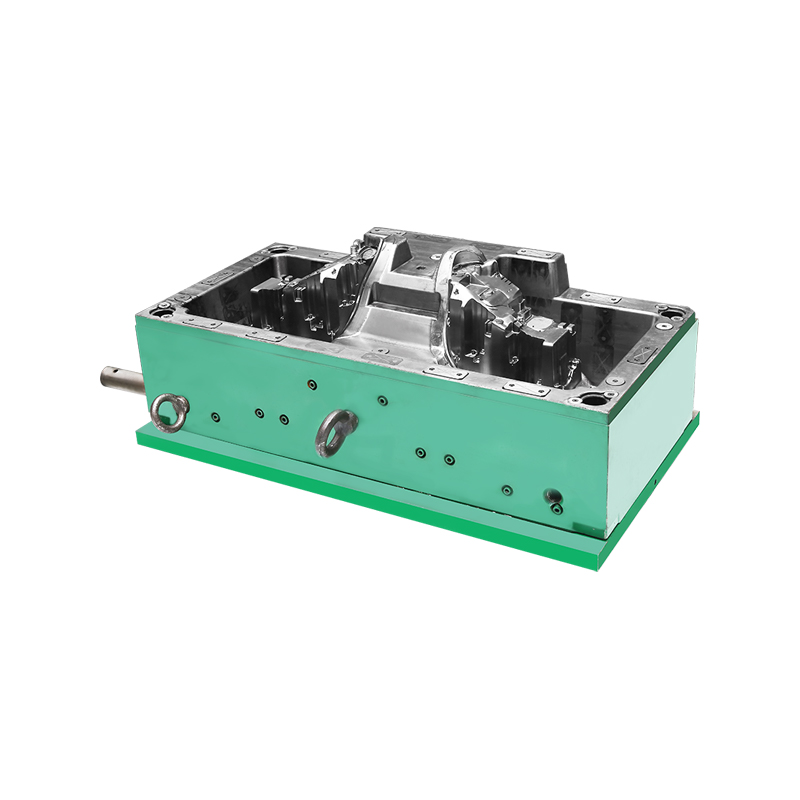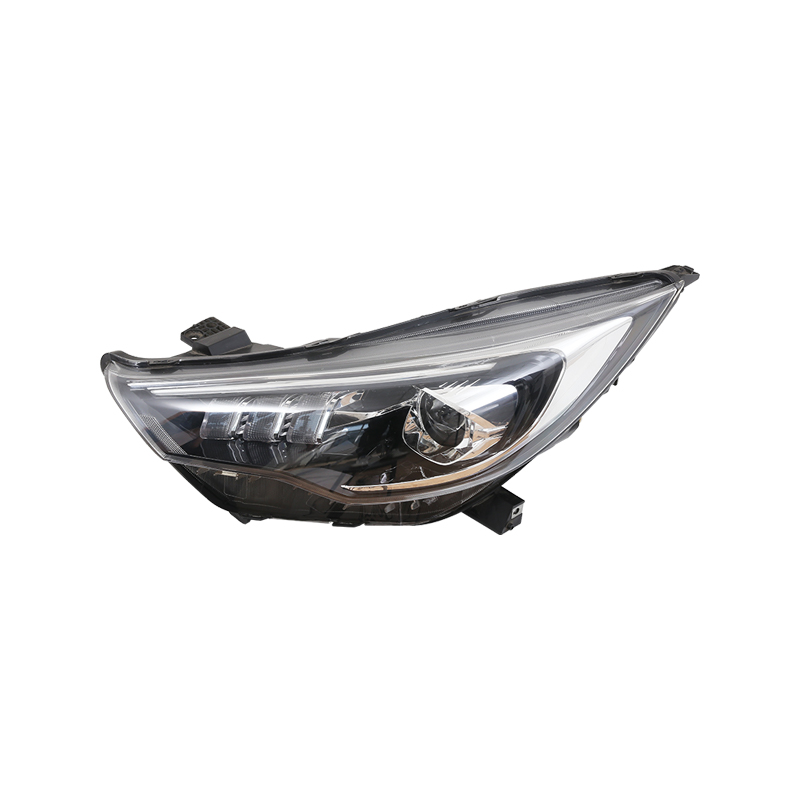In the automotive industry, the manufacturing of auto lamp BMC (Bulk Molding Compound) reflector injection molds involves several cost factors that impact production efficiency and quality. Understanding these elements is crucial for optimizing manufacturing processes and achieving cost-effective solutions.
Auto lamp BMC reflector injection moulds are integral components that contribute to the performance and aesthetic appeal of automotive lighting systems. Here are key factors influencing their manufacturing cost:
Material Selection: BMC is a thermoset plastic composed of various ingredients such as polyester resin, fillers, reinforcements, and additives. The cost of BMC materials varies depending on the specific composition, quality standards, and supplier pricing. High-performance BMC formulations may command higher costs but offer mechanical properties, heat resistance, and dimensional stability required for automotive applications.
Mould Design Complexity: The complexity of the injection mould design significantly impacts manufacturing costs. Auto lamp BMC reflector moulds require intricate geometries to achieve precise optical properties, light distribution patterns, and compatibility with automotive safety standards. Complex mould designs may necessitate advanced machining techniques, additional cooling channels, and precise surface finishes, all of which contribute to higher production costs.
Tooling and Equipment: Initial tooling costs for BMC reflector injection moulds include the fabrication of mould cavities, cores, runners, and gating systems from hardened steel or aluminum alloys. CNC (Computer Numerical Control) machining and EDM (Electrical Discharge Machining) processes ensure precise mould dimensions and part repeatability, albeit at a higher initial investment. Injection moulding machines equipped with high-pressure capabilities and advanced controls further optimize production efficiency but add to operational expenses.
Production Volume: Economies of scale play a crucial role in BMC reflector injection moulding costs. Higher production volumes amortize tooling and equipment expenses over a larger number of units, reducing per-unit manufacturing costs. Conversely, low-volume production runs may incur higher costs due to fixed overhead expenses and reduced production efficiency.
Understanding Polyurethane Multi Color Plastic Injection Molding
Polyurethane multi-color plastic injection molding is a specialized process that allows for the simultaneous injection of multiple colors or materials into a single moulded component. This versatile technique offers several advantages in manufacturing:
Design Flexibility: Polyurethane multi-color injection molding enables complex designs and aesthetics by integrating multiple colors, textures, or materials within a single part. This capability eliminates the need for secondary assembly processes and enhances product functionality and visual appeal.
Material Compatibility: Polyurethane resins used in multi-color injection molding exhibit mechanical properties, including high flexibility, impact resistance, and chemical durability. These properties make polyurethane suitable for diverse automotive applications, such as interior trim components, handles, and decorative elements.
Process Efficiency: Despite its complexity, polyurethane multi-color injection molding optimizes production efficiency through advanced mould designs, precise material dosing systems, and automated processes. This results in reduced cycle times, increased throughput, and lower manufacturing costs compared to traditional assembly methods.
Customization and Innovation: Automotive designers leverage polyurethane multi-color injection molding to innovate and differentiate products in competitive markets. By integrating multiple colors or materials, manufacturers can create distinctive designs that align with brand identity, consumer preferences, and market trends.
Quality and Performance: Stringent quality control measures, including real-time monitoring of injection parameters and post-moulding inspections, ensure that each polyurethane multi-color part meets strict dimensional tolerances, material specifications, and cosmetic requirements. This guarantees consistent quality, reliability, and durability in automotive applications.
By harnessing the capabilities of polyurethane multi-color plastic injection molding, automotive manufacturers can achieve enhanced design flexibility, cost-effective production, and product performance. This technology continues to drive innovation in automotive interior and exterior components, offering compelling solutions that meet evolving industry standards and consumer expectations.

 English
English 中文简体
中文简体 русский
русский Español
Español








